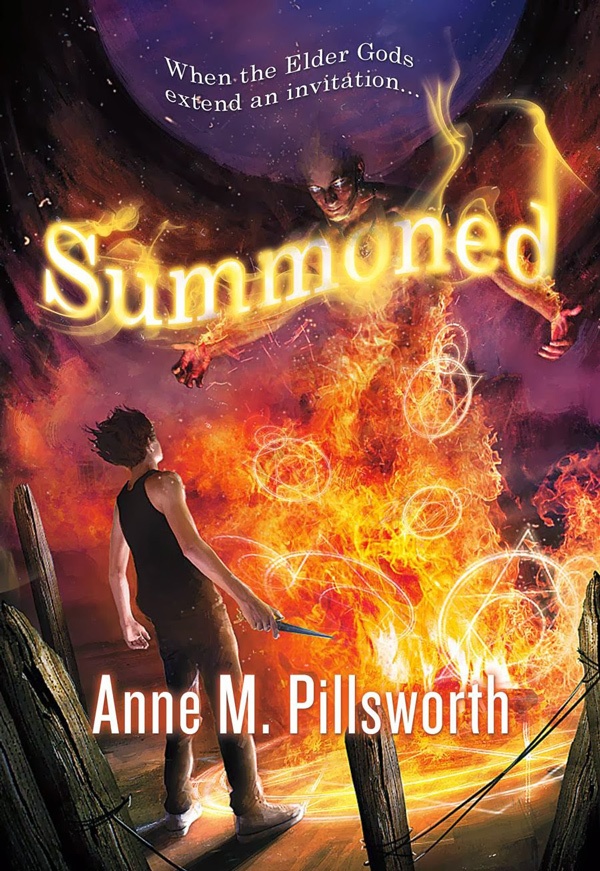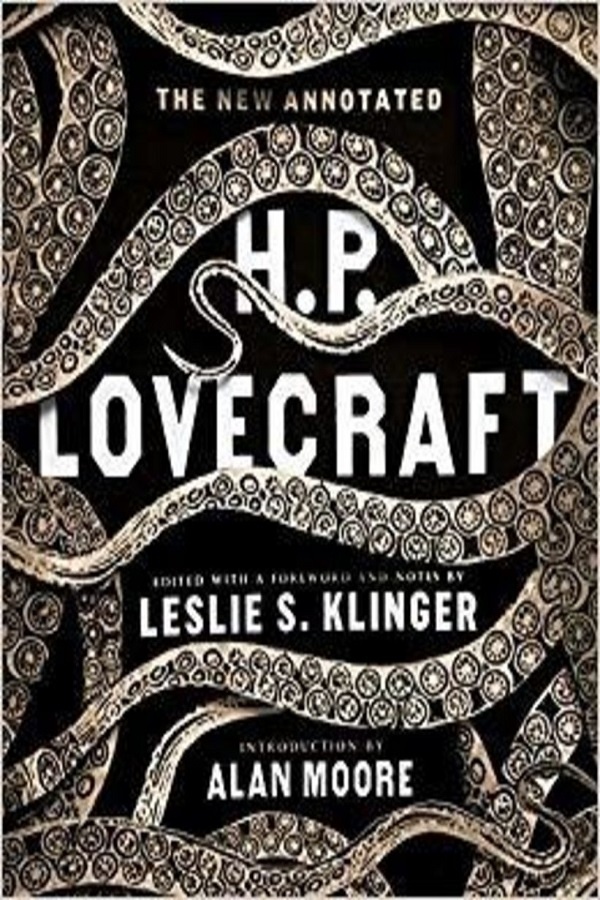
Cover Story: Liber Ivonis
Drinking Buddy: ‘Old Bugs’
MPAA Rating: ‘The Unnamable’
Talky Talk: ‘The Lurking Fear’
Bonus Factors: Grimoire, Miskatonic University
Bromance Status: ‘The Tomb’
Cover Story: Liver Ivonis
For an author as old and widely published as Lovecraft, you’re going to get a lot of variations on the cover.
There’s irritated Cthulhu:
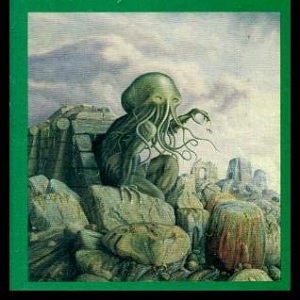
Gothic horror:
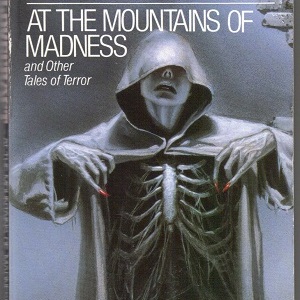
Kittens:
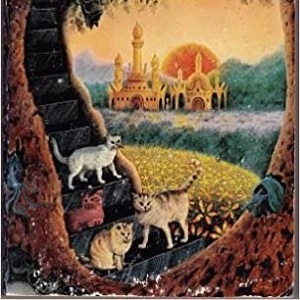
Whatever the hell this is:
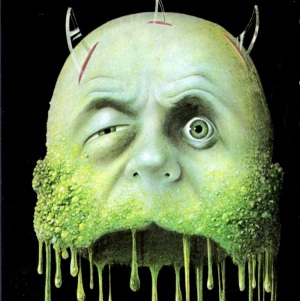
The Deal:
From 1916 to 1936, Howard Phillips Lovecraft wrote about sixty short horror stories and novellas, which he mostly sold to cheap pulps. He never made a fortune writing, and died in partial obscurity. Now, over eighty years since his death, he’s been the inspiration for other horror writers such as August Derleth, Robert Bloch (author of Psycho, on which the movie was based), Frank Belknap Long, and Stephen King, among many others. They’ve made movies, card games, roll playing games, and television shows based on his works. He created the Cthulhu mythos. Horror fiction about unearthly evil is described as ‘Lovecraftian.’
Drinking Buddy: ‘Old Bugs’

Lovecraft absolutely did not drink alcohol. In fact, one of his few non horror stories was a schmaltzy romance (‘Old Bugs’) about the evils of liquor. He was also not much for social gatherings, though he was a copious letter writer. But the real shoggoth in the room…
You could say that he was a product of his era. You could say that he died young, before the sweeping social changes of the 1950s and 60s. You could say that he was by far not the only author of the time who wrote like that. But the fact remains, Lovecraft didn’t care for Blacks, Asians, Native Americans, Hispanics, Polynesians, Jews, eastern Europeans, Italians, Germans, or women. There are almost no female characters in any of his stories (at least characters who weren’t witches).
Most of this flack comes from the 1923 story ‘The Rats in the Walls’, where the narrator’s black cat, which plays an important role in the story, is named…a certain word. He could have called the cat anything, and he named it that. It made a lot of readers dislike the narrator for using a racial slur (and not, strangely, because he ate that guy).
But hey, maybe if Lovecraft had lived to a ripe old age, he would have been writing about spunky African-American heroes being driven mad or flayed alive.
MPAA Rating: ‘The Unnameable’
Now Lovecraft’s stories were based on the premise that on the universal scale, man is the equivalent of a fruit fly, and that one day we’ll catch the notice of a more powerful being who will smash us like an ant. There are no benevolent beings in Lovecraft’s cosmos. Instead, powerful ‘Old Ones’ (to call them ‘gods’ would be to disparage them), such as Cthulhu, Nyarlathotep, Hastur, Yog Sothoth, and others, battle for supremacy. These are malevolent beings who would kill every human on earth with the same nonchalance that we’d wipe mold from the fridge. Then there are lesser races, such as the Mi-Go, crablike aliens who transplant human brains into jars; the Great Race, who switch minds with intelligent creatures like humans to learn about their society; and the Elder Things, sentient crinoids who lay frozen under the Antarctic wastes, waiting to live again; among many others.
There is no happily ever after here. Humanity is doomed. The earth is doomed. The entire universe as we understand it is doomed.
Talky Talk: ‘The Lurking Fear’
Lovecraft, who died at 46 after being devoured alive by invisible demons in front of a crowd of screaming onlookers of cancer, was one of those bright flames who burned out too soon. I’m very bitter about the books he would have written, had he lived another two or three decades. Other authors (including yours truly) attempted to take up the mantle, but there will never be another. Happy nightmares, Howard. I spent far too many hours in college poking through the basements of abandoned houses, scouring used book stores, and exploring isolated small towns in an attempt to find some of the cosmic horror you added to my life. Every time I hear a strange noise at night, I think of you.
Bonus Factor: Grimoire

In addition to Lovecraft’s cosmology, his stories contain a selection of books of unholy knowledge. The most famous of these is, of course, The Necronomicon. Penned by the mad Arab Abul Alhazred, it contains instructions for contacting the Old Ones and other evil spells. Only five libraries hold a copy of the Latin version, though private copies do exist. The insane painter Richard Upton Pickman was rumored to own this volume, but it vanished along with the artist in 1927. Rumors that an original Arabic text surfaced in San Francisco shortly before the 1906 earthquake were never proven.
Other books include The Book of Dzyan, Liber Ivonis, De Vermis Mysteriis, The Seven Cryptical Books of Hsan, Unaussprechlichen Kulten, ‘The Pnakotic Fragments’, ‘The Zanthu Tablets,’ and many more. These are evil, evil books which drag any reader down to the depths of madness. God, how I searched for a copy. I still do, to be honest.
Bonus Factor: Miskatonic University
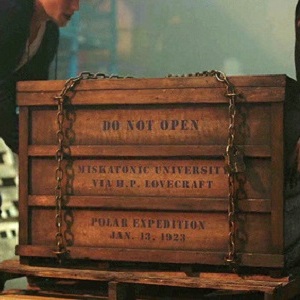
Lovecraft was a lifelong Rhode Islander, and considered New England to be heaven on earth. Most of his stories take place in the area: Kingsport was based on Providence, and Arkham, Massachusetts, was clearly Salem. And Arkham was the home of the famous Miskatonic University.
On the surface, it was just another old college, similar to Harvard or Yale, with fraternity houses and everything. But under the surface, there’s something disquieting.
Its library was one of the few establishments to hold a copy of the Necronomicon, for instance. The half-human monstrosity Wilbur Whatley was killed trying to steal the university’s copy. And then there were the horrific reanimation experiments conducted by medical student Herbert West. It’s where noted professor Nathaniel Wingate Peaslee went temporarily mad. And there was the doomed 1930 expedition to Antarctica, the findings of which were hushed up and never published.
Modern writers have made the university kind of silly, with the school’s mascot being the Cephalopods and offering classes in Cthulhu studies. But to me, Miskatonic will always be as Lovecraft intended: old buildings, arcane lore, and screams in the night, with professors and librarians as the only bulwark between mankind and certain doom.
Bromance Status: ‘The Tomb’

Literary Matchmaking

The Apocalypse of Elena Mendoza, by Shaun David Hutchinson, features a talking Cthulhu doll.
FTC full disclosure: I received neither money nor the secrets of immortality for writing this review. Also, if anyone has a copy of Robert W. Chambers’ story ‘The Inhabitant of the Lake,’ I’d dearly love to read it.
